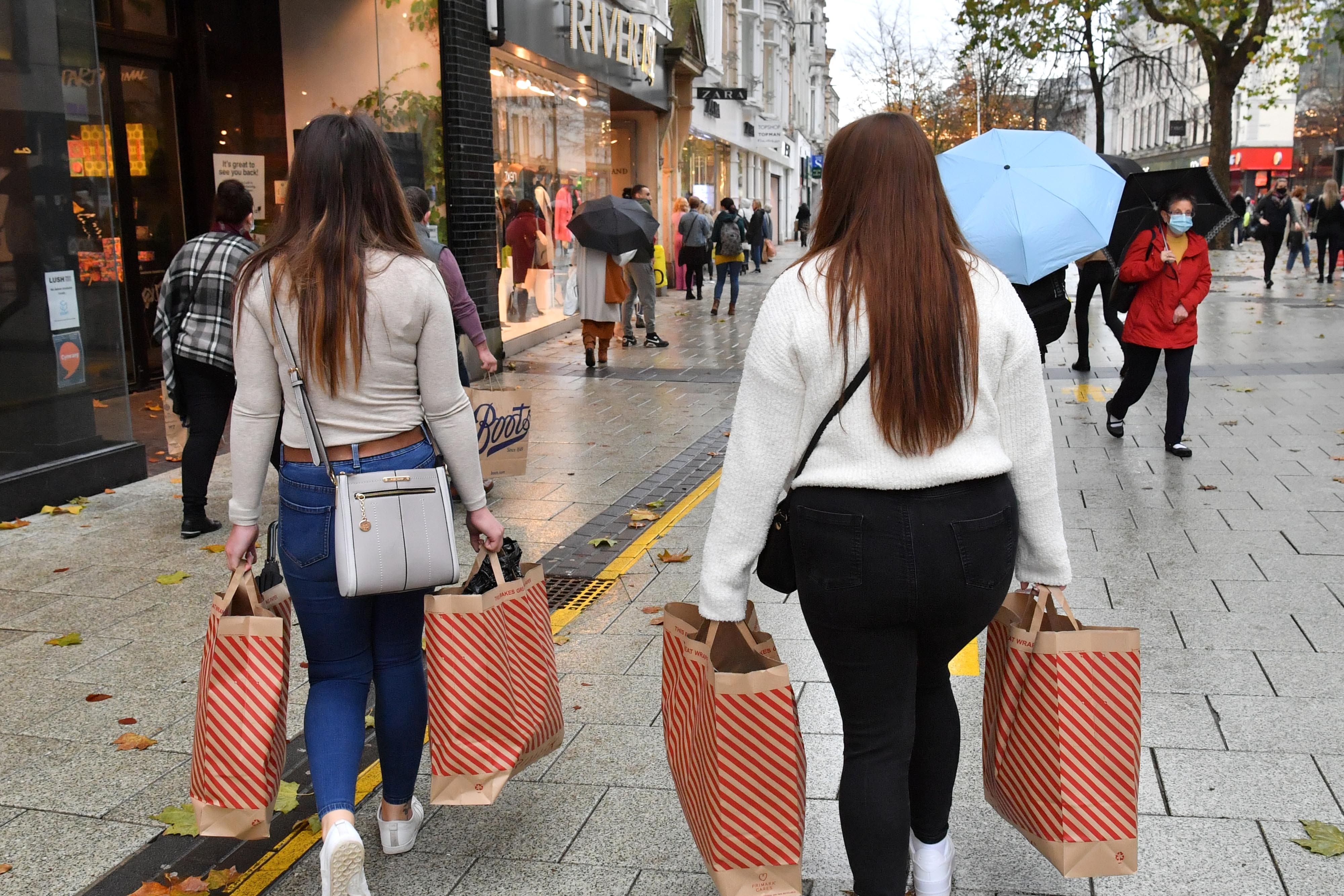Retail sales rise unexpectedly thanks to falling petrol prices and warm weather
Retail sales volumes rose 0.5% in May, better than the expected 0.2% drop.

Your support helps us to tell the story
From reproductive rights to climate change to Big Tech, The Independent is on the ground when the story is developing. Whether it's investigating the financials of Elon Musk's pro-Trump PAC or producing our latest documentary, 'The A Word', which shines a light on the American women fighting for reproductive rights, we know how important it is to parse out the facts from the messaging.
At such a critical moment in US history, we need reporters on the ground. Your donation allows us to keep sending journalists to speak to both sides of the story.
The Independent is trusted by Americans across the entire political spectrum. And unlike many other quality news outlets, we choose not to lock Americans out of our reporting and analysis with paywalls. We believe quality journalism should be available to everyone, paid for by those who can afford it.
Your support makes all the difference.The UK’s retail sector did unexpectedly well last month as it sold more fuel due to falling prices and more summer clothes thanks to a spike in temperatures.
Data from the Office for National Statistics (ONS) showed that retail sales volumes rose 0.3% in May, better than the 0.2% drop that economists had forecast.
The bounce was largely due to a rise in petrol and diesel sales, which the ONS said could be down to falling fuel prices, which reached their lowest point since early 2022 last month.
The figures measure the amount bought – volume – rather than the amount spent – value. Fuel stores sold 1.7% more still in May following a 1.7% drop in April. That was still 9.5% below pre-Covid levels.
Meanwhile, warmer weather also helped retailers who sell summer clothing and outdoor goods, with online retailers especially reporting a boost.
Non-store retailing sales volumes, which includes the above, rose by 2.7% in May, the ONS revealed on Friday.
But May’s overall 0.3% rise was still a slowdown from the 0.5% increase in retail sales volume seen in April.
The poor performers included food shops. Continuing a trend where people buy less, but pay more for it, sales dropped again, this time by 0.5%, the ONS said.
The ONS said there was some evidence that this might be partly because people ordered takeaways rather than cooking at home on the coronation bank holiday.
The amount of food that people buy in shops has been dropping consistently since around July 2021. For the first year, this was largely an effect of the pandemic restrictions coming to an end, and people eating at home less.
But from around May last year the amount of food people bought dropped below pre-pandemic times, and has consistently kept going down as prices soared.
In May people bought around 3.3% less food than they did in 2019, but paid almost 20% more for it.
ONS senior statistician Heather Bovill said: “Retail sales grew a little in May, with online shops doing particularly well selling outdoor goods and summer clothes, as the sun began to shine.
“May also saw a return to growth for fuel sales after a dip in April.
“Garden centres and DIY stores also saw growth, as the good weather encouraged people to start home and garden improvements.
“These were offset by food sales, which fell back as prices in supermarkets continued to rise, exacerbated by many people ordering takeaways and drinking out more during the extra bank holidays, while jewellery and art also fell back after a strong April.”